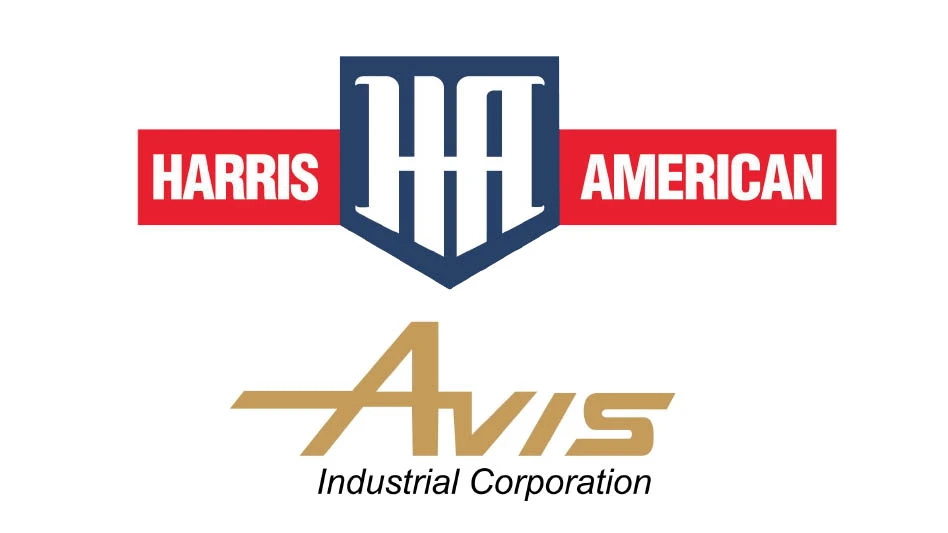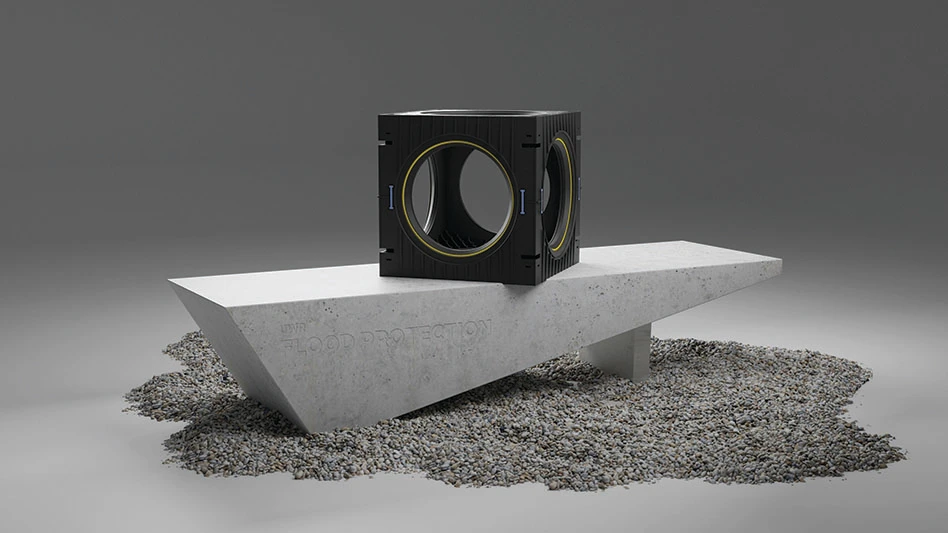
© Lyn Baxter - Dreamstime.com
Despite challenging market conditions marked by sharp declines in both ferrous and nonferrous prices, Schnitzer Steel Industries Inc., Portland, Oregon, reports that it has delivered solid financial and operational results for the fourth quarter and fiscal year ended Aug. 31, 2019, the company reports in its latest earnings report.
Tamara Lundgren, president and chief executive officer at Schnitzer Steel, says both of the company’s businesses were successful in expanding sales volumes during the fourth quarter of 2019 and benefited from productivity initiatives the company started earlier this year.
The company’s Auto and Metals Recycling (AMR) achieved operating income in the fourth quarter of $22 million, or $22 per ferrous ton, the company reports in a news release on its fourth-quarter financial results. AMR’s ferrous and nonferrous sales volumes increased 9 percent and 4 percent sequentially, but operating income was impacted by metal spread compression resulting from a significant decrease in ferrous and nonferrous scrap prices during the latter two months of the quarter, which outpaced the reduction in purchase costs for raw materials.
The company’s Cascade Steel and Scrap (CSS) division achieved operating income in the fourth quarter of $6 million, Schnitzer Steel reports in a news release on its fourth-quarter financial results. CSS increased finished steel sales volumes sequentially, but operating income was impacted by margin compression as the decrease in net selling prices for finished steel products, particularly wire rod, outpaced the decrease in the purchase cost of steel-making raw materials. CSS’ fiscal 2019 performance of $32 million was its second best since 2008, supported by finished steel prices that reached a multiyear peak in the fall of 2018, before declining by over 10 percent through the fourth quarter primarily as a result of lower raw material prices and extended customer destocking.
In the fourth quarter, the company continued to benefit from the $35 million productivity improvement program announced earlier in fiscal 2019. Consolidated results in the fourth quarter of fiscal 2019 reflected approximately $9 million of benefits from these measures, of which $7 million were achieved by AMR and the remainder by CSS and corporate, the company reports in a news release. In fiscal 2019, the company achieved approximately $30 million of benefits from these initiatives, and it expects to achieve the full annual amount in fiscal 2020.
In the fourth quarter, the company generated operating cash flow of $82 million resulting in a reduction in debt to $105 million, the lowest level since fiscal 2010, Schnitzer Steel reports. The company also repurchased 115 thousand shares of Class A common stock in open market transactions during the quarter and returned capital to shareholders through its 102nd consecutive quarterly dividend.
Addressing market conditions
Markets for ferrous and nonferrous metals have been pressured, with prices declining in eight of the last 10 months. Factors contributing to this have included slower global growth, extended customer destocking and mill outages and trade and regulatory actions by China, including tariffs, licensing, import quotas and higher metal content requirements. Since the beginning of August, ferrous prices have decreased by almost 20 percent and reached three-year lows in mid-October.
Nonferrous prices have continued their decline, with prices for zorba now down almost 50 percent since the most recent peak in the spring of 2018, reaching levels last seen in 2009. According to a news release from Schnitzer Steel, the company expects these lower prices to further compress our operating margins in the first quarter, which we anticipate will also include a significant adverse impact from average inventory accounting.
“As we look forward, while near-term market conditions are challenging, we have in place strategic initiatives to deliver growth,” Lundgren says. “We are expanding our productivity improvement program to deliver additional savings beginning the second quarter. In addition, we expect our advanced metal recovery investments to deliver benefits beginning in the second half of fiscal 2020 by increasing our throughput, improving our yields, lowering our costs and creating products and furnace-ready materials that can meet global metal content and quality requirements on a cost-effective basis.
“Importantly, these investments will also support our Sustainability objectives to increase recycling and reduce waste,” she continues. “These initiatives, together with our organic volume and sales diversification growth targets, should improve our margins and enable us to continue our track record of delivering strong operating cash flow through the cycle, providing us with additional opportunities to grow and to return more capital to our shareholders.”
Latest from Recycling Today
- Enfinite forms Hazardous & Specialty Waste Management Council
- Combined DRS, EPR legislation introduced in Rhode Island
- Eureka Recycling starts up newly upgraded MRF
- Reconomy Close the Gap campaign highlights need for circularity
- Nickel carbonate added to Aqua Metals’ portfolio
- EuRIC, FEAD say End-Of-Life Vehicle Regulation presents opportunity for recyclers
- Recyclers likely to feel effects of US-China trade war
- BCMRC 2025 session preview: Navigating battery recycling legislation and regulations





